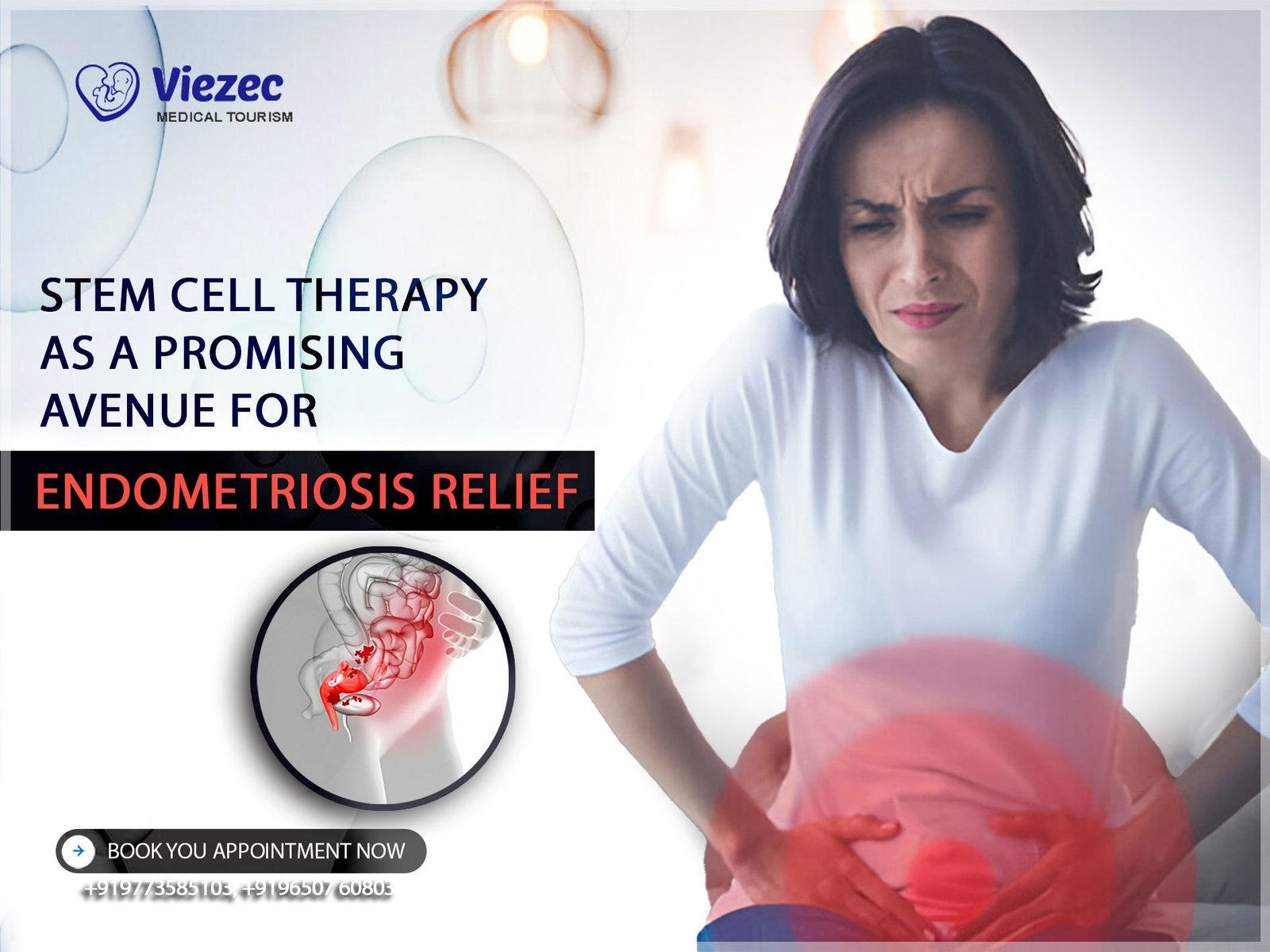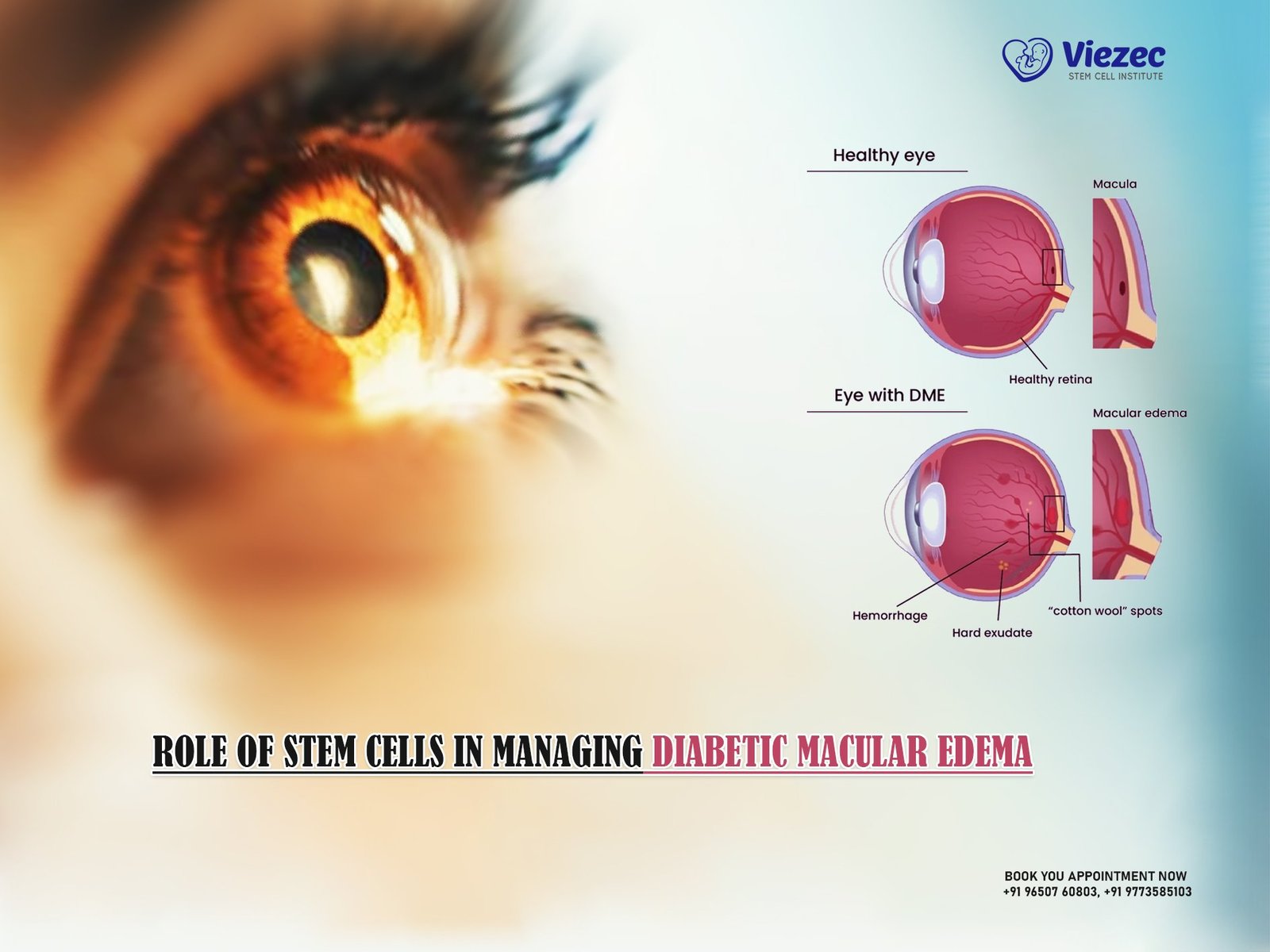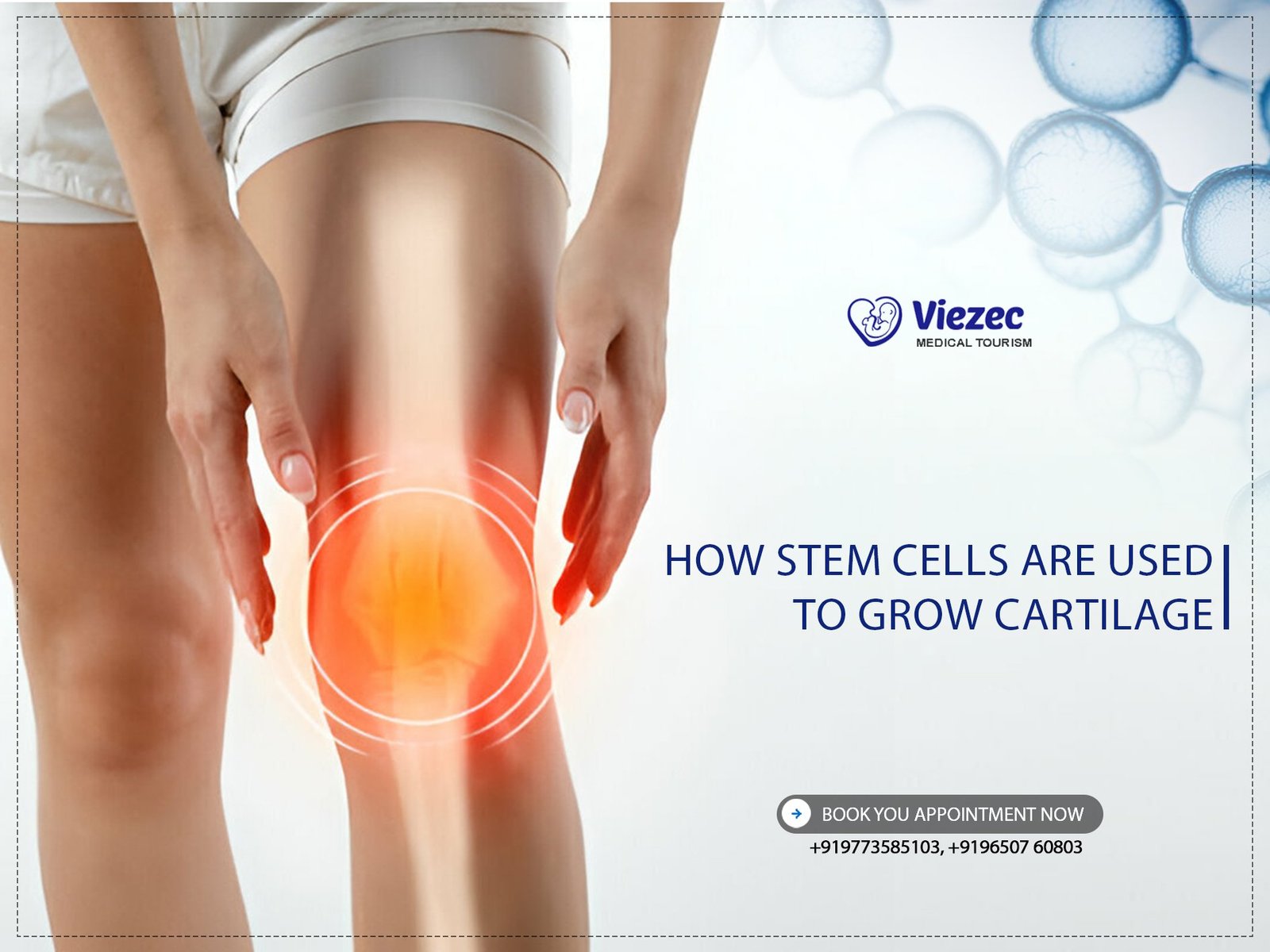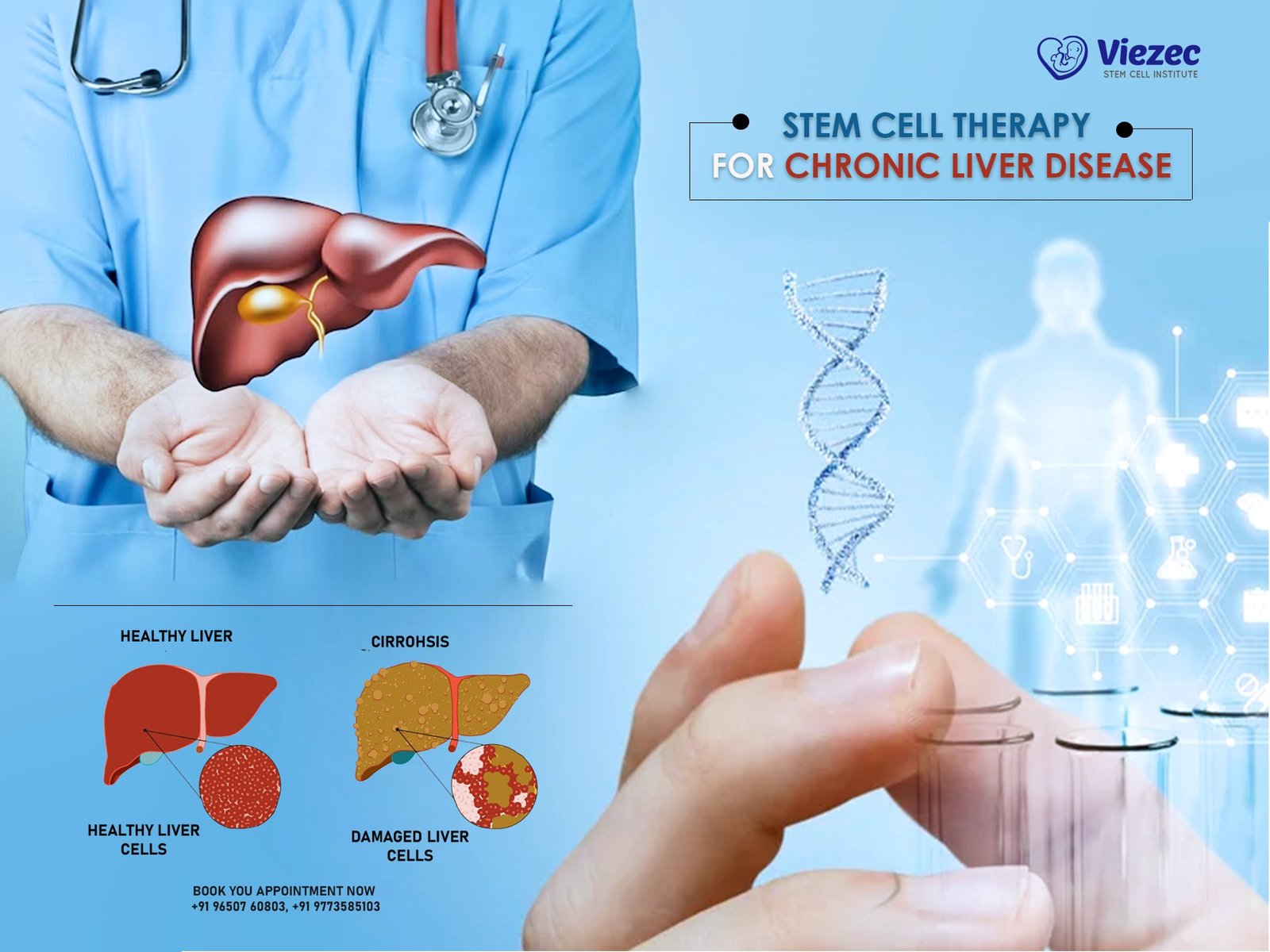Endometriosis, a chronic gynecological condition, is characterized by the abnormal growth of endometrial-like tissue outside the uterus. This disorder affects millions of women worldwide, causing debilitating symptoms such as pelvic pain, dysmenorrhea, and infertility.
Understanding Endometriosis: Causes and Symptoms
The exact etiology of endometriosis remains elusive, although several theories, including retrograde menstruation and immune dysfunction, have been proposed. Symptoms vary widely among individuals, with some experiencing mild discomfort while others endure severe pain that significantly impairs daily functioning.
Impact of Endometriosis on Women’s Health
Beyond its physical manifestations, endometriosis can profoundly impact women’s mental health, relationships, and quality of life. The unpredictable nature of symptoms often leads to feelings of frustration, isolation, and depression, exacerbating the overall burden of the disease.
Current Treatment Challenges and Limitations
Existing treatment options for endometriosis primarily focus on symptom management rather than addressing the underlying pathology. Hormonal therapies, nonsteroidal anti-inflammatory drugs (NSAIDs), and surgical interventions offer temporary relief but fail to provide long-term solutions for many patients. Moreover, these modalities are associated with adverse effects and potential recurrence.
The Role of Stem Cell Therapy in Endometriosis
Stem cell therapy has emerged as a promising alternative for the treatment of endometriosis, offering the potential for disease modification and tissue regeneration. Leveraging the regenerative capacity of stem cells, this innovative approach holds considerable promise in addressing the unmet needs of patients with endometriosis.
Conceptual Framework: Stem Cells and Regenerative Medicine
Stem cells possess unique properties, including self-renewal and differentiation capabilities, making them ideal candidates for regenerative medicine applications. By harnessing the regenerative potential of stem cells, researchers aim to repair damaged tissues and restore normal physiological function in patients with endometriosis.
Mechanisms of Stem Cell Therapy in Endometriosis Management
Stem cell therapy exerts its therapeutic effects through multiple mechanisms, including immunomodulation, anti-inflammatory activity, and promotion of angiogenesis and tissue repair. These complex interactions contribute to the alleviation of symptoms and the restoration of tissue homeostasis in endometriosis.
Potential of Stem Cells in Tissue Regeneration and Repair
Endometrial stem cells, mesenchymal stem cells (MSCs), and induced pluripotent stem cells (iPSCs) hold particular promise for endometriosis therapy due to their regenerative potential and ability to differentiate into various cell types. Harnessing the reparative capacity of these cells offers a novel strategy for addressing the pathological changes associated with endometriosis.
Types of Stem Cells Utilized for Endometriosis Treatment
Several types of stem cells have been investigated for their therapeutic potential in endometriosis management, each offering unique advantages and challenges.
Mesenchymal Stem Cells (MSCs): Properties and Applications
MSCs, derived from various sources such as bone marrow, adipose tissue, and umbilical cord blood, exhibit immunomodulatory and anti-inflammatory properties. These multipotent cells have demonstrated efficacy in preclinical studies and hold promise for clinical translation in endometriosis therapy.
Induced Pluripotent Stem Cells (iPSCs): Generation and Differentiation
iPSCs, generated by reprogramming somatic cells to a pluripotent state, offer a potentially unlimited source of patient-specific cells for regenerative medicine applications. Despite their pluripotency and differentiation capacity, challenges related to safety, tumorigenicity, and immunogenicity must be addressed before iPSC-based therapies can be widely implemented for endometriosis.
Endometrial Stem Cells (EnSCs): Role in Endometriosis Regeneration
Endometrial stem cells residing within the endometrium possess regenerative potential and may play a critical role in endometriosis pathogenesis. Harnessing the reparative capacity of EnSCs holds promise for restoring endometrial function and alleviating symptoms in patients with endometriosis.
Preclinical Studies and Animal Models
Preclinical studies using animal models provide valuable insights into the safety and efficacy of stem cell therapy for endometriosis.
Efficacy Assessment of Stem Cell Therapy in Animal Models
Animal models of endometriosis have been instrumental in evaluating the therapeutic potential of stem cell-based approaches. These studies have demonstrated the ability of stem cells to mitigate disease progression, reduce inflammation, and promote tissue regeneration in preclinical settings.
Long-Term Safety and Tolerability Profiles
Assessing the long-term safety and tolerability of stem cell therapy is essential for clinical translation. Preclinical studies have highlighted the importance of monitoring for potential adverse events, including tumorigenicity, immunogenicity, and off-target effects, to ensure the safety of stem cell-based interventions in endometriosis.
Optimizing Stem Cell Delivery Methods for Enhanced Therapeutic Outcomes
Optimal delivery methods are crucial for maximizing the therapeutic efficacy of stem cell-based interventions. Strategies such as targeted delivery, scaffold-based approaches, and combination therapies may enhance the retention, engraftment, and functionality of transplanted stem cells in the endometrial environment.
Clinical Trials and Translational Research
Transitioning from preclinical research to clinical application requires rigorous evaluation in human subjects to assess safety, efficacy, and long-term outcomes.
Investigating Stem Cell Therapies in Human Subjects
Clinical trials evaluating stem cell therapy for endometriosis are underway, aiming to establish the safety and efficacy of these interventions in human populations. These studies provide valuable data on treatment outcomes, patient responses, and potential adverse effects, informing future clinical practice.
Challenges in Translating Preclinical Success to Clinical Application
Despite promising preclinical evidence, translating stem cell therapy from bench to bedside poses several challenges, including regulatory hurdles, ethical considerations, and scalability issues. Addressing these challenges is essential for realizing the full potential of stem cell-based interventions in endometriosis management.
Patient Selection Criteria and Monitoring Parameters
Patient selection criteria and monitoring parameters play a crucial role in clinical trial design and implementation. Identifying appropriate patient populations, defining measurable endpoints, and establishing rigorous monitoring protocols are essential for ensuring the validity and reliability of clinical trial outcomes.
Therapeutic Potential and Clinical Outcomes
Stem cell therapy offers the potential to revolutionize endometriosis management by providing targeted, regenerative treatments with the potential for long-term symptom relief and improved quality of life.
Symptom Relief and Disease Modification in Endometriosis Patients
Preliminary clinical data suggest that stem cell therapy may alleviate symptoms and modify disease progression in patients with endometriosis. By targeting the underlying pathology of the disease, stem cell-based interventions offer the potential for sustained symptomatic relief and improved clinical outcomes.
Improvements in Quality of Life and Reproductive Function
Beyond symptom management, stem cell therapy has the potential to enhance the quality of life and reproductive function in women with endometriosis. By restoring endometrial integrity and function, these interventions may improve fertility outcomes and reproductive health in affected individuals.
Long-Term Follow-Up Studies: Assessing Durability of Treatment Effects
Long-term follow-up studies are essential for assessing the durability of treatment effects and identifying potential long-term complications associated with stem cell therapy. Comprehensive monitoring and surveillance protocols are necessary to track patient outcomes over time and optimize treatment strategies for maximal benefit.
Safety Considerations and Risk Management
Ensuring the safety of stem cell-based interventions is paramount, requiring careful consideration of potential risks and implementation of risk mitigation strategies.
Addressing Concerns Regarding Tumorigenicity and Immunogenicity
One of the primary concerns associated with stem cell therapy is the risk of tumorigenicity and immune rejection. Strategies to minimize these risks include careful donor selection, monitoring for signs of tumorigenesis, and immunomodulatory interventions to promote graft survival and integration.
Monitoring for Adverse Events and Complications
Rigorous monitoring for adverse events and complications is essential throughout the course of stem cell therapy. Early detection and prompt management of adverse reactions are critical for ensuring patient safety and optimizing treatment outcomes.
Regulatory Compliance and Ethical Considerations
Adhering to regulatory guidelines and ethical principles is imperative for the responsible development and implementation of stem cell-based therapies. Compliance with established regulatory frameworks, informed consent procedures, and ethical oversight mechanisms is essential for safeguarding patient welfare and maintaining public trust.
Future Directions and Challenges
Despite significant progress, several challenges and opportunities lie ahead in the field of stem cell therapy for endometriosis.
Advancements in Stem Cell Technology: Emerging Strategies
Ongoing advancements in stem cell technology, including gene editing, tissue engineering, and cell-based therapeutics, hold promise for enhancing the efficacy and safety of stem cell therapy for endometriosis. Harnessing these emerging strategies may lead to more targeted, personalized treatments with improved clinical outcomes.
Personalized Approaches to Endometriosis Treatment
The development of personalized treatment approaches tailored to individual patient characteristics and disease profiles represents a promising avenue for optimizing therapeutic outcomes in endometriosis. Integrating patient-specific factors such as genetic predisposition, disease severity, and treatment responsiveness may improve treatment efficacy and patient satisfaction.
Overcoming Hurdles in Commercialization and Access
Commercialization and widespread access to stem cell-based therapies remain significant challenges, necessitating collaborative efforts among researchers, clinicians, industry stakeholders, and regulatory agencies. Addressing barriers related to cost, scalability, reimbursement, and regulatory approval is essential for ensuring equitable access to innovative treatments for endometriosis.
Comparative Analysis with Conventional Therapies
Comparative analyses between stem cell therapy and conventional treatments provide valuable insights into the relative efficacy, safety, and cost-effectiveness of these interventions.
Assessing the Efficacy and Safety Profiles of Stem Cell Therapy vs. Traditional Treatments
Comparative studies evaluating the efficacy and safety of stem cell therapy compared to conventional treatments such as hormonal therapies, NSAIDs, and surgery are essential for informing treatment decisions and optimizing clinical outcomes in endometriosis.
Cost-Benefit Analysis and Healthcare Resource Utilization
Cost-benefit analyses assessing the economic implications of stem cell therapy versus traditional treatments are crucial for healthcare resource allocation and decision-making. Evaluating the long-term cost-effectiveness and societal impact of stem cell-based interventions may inform healthcare policy and reimbursement strategies.
Integration of Stem Cell Therapies into Multimodal Treatment Protocols
Integrating stem cell therapies into multimodal treatment protocols may offer synergistic benefits for patients with endometriosis. Combined approaches incorporating stem cell therapy with hormonal interventions, pain management strategies, and lifestyle modifications may enhance treatment efficacy and improve patient outcomes.
Patient Education and Advocacy
Empowering patients with knowledge about stem cell therapy is essential for promoting informed decision-making and enhancing patient engagement in their healthcare journey.
Empowering Patients with Knowledge about Stem Cell Therapy
Educational initiatives aimed at increasing awareness of stem cell therapy among patients with endometriosis can help demystify complex scientific concepts and foster informed decision-making. Providing accurate, accessible information empowers patients to actively participate in treatment discussions and advocate for their healthcare needs.
Promoting Informed Decision-Making and Shared Decision-Making
Facilitating shared decision-making between patients and healthcare providers is essential for aligning treatment goals, preferences, and values. Open communication, mutual respect, and collaborative decision-making empower patients to make informed choices that reflect their individual needs and priorities.
Collaborating with Patient Advocacy Groups for Awareness and Support
Collaborating with patient advocacy groups and support networks is instrumental in raising awareness, providing resources, and advocating for policy changes related to stem cell therapy for endometriosis. Engaging with patients and advocacy organizations ensures that their voices are heard and their perspectives are integrated into research, clinical practice, and policy development efforts.
Global Perspectives and Cultural Considerations
Recognizing the diverse cultural, socioeconomic, and healthcare contexts in which endometriosis occurs is essential for ensuring equitable access to stem cell therapies worldwide.
Variations in Access to Stem Cell Therapies Across Different Regions
Disparities in access to stem cell therapies exist across different regions due to variations in healthcare infrastructure, regulatory frameworks, and socioeconomic factors. Addressing these disparities requires collaborative efforts to expand access, increase affordability, and promote equitable distribution of innovative treatments for endometriosis.
Socioeconomic Factors Influencing Adoption and Acceptance
Socioeconomic factors such as income, education, and healthcare access significantly influence the adoption and acceptance of stem cell therapies for endometriosis. Addressing socioeconomic barriers through targeted interventions, public health initiatives, and policy reforms is essential for ensuring that all women have access to potentially life-changing treatments.
Cultural Attitudes Towards Novel Therapeutic Modalities
Cultural attitudes and beliefs regarding novel therapeutic modalities may influence patient perceptions, treatment preferences, and healthcare decision-making. Understanding and respecting cultural diversity is essential for delivering patient-centered care that aligns with individual values, beliefs, and cultural norms.
Collaborative Research Initiatives and Knowledge Exchange
Collaborative research initiatives and knowledge exchange platforms play a vital role in advancing scientific understanding, promoting innovation, and driving progress in the field of stem cell therapy for endometriosis.
International Collaborations for Research and Development
International collaborations facilitate knowledge sharing, resource pooling, and interdisciplinary research efforts aimed at addressing complex scientific challenges in endometriosis therapy. Leveraging the expertise and resources of diverse research communities accelerates progress towards the development of effective stem cell-based interventions.
Data Sharing and Interdisciplinary Approaches
Open data sharing and interdisciplinary approaches foster collaboration and innovation in stem cell research, enabling researchers to leverage complementary expertise and methodologies. By breaking down silos and promoting transparency, these initiatives enhance scientific rigor and accelerate the translation of research findings into clinical applications.
Fostering a Collaborative Environment for Innovation and Progress
Fostering a collaborative environment that encourages dialogue, cooperation, and knowledge exchange is essential for driving innovation and progress in endometriosis therapy. Cultivating partnerships between academia, industry, government agencies, and patient advocacy groups fosters a shared sense of purpose and collective effort towards improving patient outcomes.
Ethical, Legal, and Social Implications (ELSI)
Addressing ethical, legal, and social implications is paramount for ensuring the responsible development and equitable distribution of stem cell therapies for endometriosis.
Ethical Considerations in Stem Cell Research and Therapy
Ethical considerations surrounding stem cell research and therapy include issues related to consent, privacy, donor rights, and embryo destruction. Upholding ethical principles such as beneficence, non-maleficence, and justice is essential for protecting the welfare of research participants and respecting their autonomy.
Legal Frameworks Governing Stem Cell Use and Regulation
Legal frameworks governing stem cell use and regulation vary across jurisdictions and may impact the development, approval, and implementation of stem cell therapies for endometriosis. Harmonizing regulatory standards, promoting transparency, and ensuring compliance with ethical guidelines are essential for navigating the complex legal landscape surrounding stem cell research and therapy.
Addressing Societal Concerns and Promoting Responsible Innovation
Engaging with stakeholders and the public to address societal concerns and promote responsible innovation is crucial for fostering trust, acceptance, and support for stem cell therapies. Transparent communication, stakeholder engagement, and ethical oversight mechanisms build confidence in the safety, efficacy, and ethical integrity of stem cell-based interventions.
Towards a Paradigm Shift in Endometriosis Management
Stem cell therapy represents a promising avenue for revolutionizing the management of endometriosis, offering the potential for disease modification, symptom relief, and improved quality of life for affected individuals.
Recapitulating the Promise and Potential of Stem Cell Therapy
The therapeutic promise of stem cell therapy lies in its ability to address the underlying pathology of endometriosis, offering targeted, regenerative treatments with the potential for long-term efficacy and durable clinical benefits. By harnessing the regenerative potential of stem cells, researchers aim to transform the landscape of endometriosis management and improve outcomes for patients worldwide.
Directions for Research, Clinical Practice, and Policy
Continued research, innovation, and collaboration are essential for advancing stem cell therapy from bench to bedside and realizing its full potential in endometriosis management. Future efforts should focus on optimizing treatment protocols, addressing safety concerns, and expanding access to stem cell therapies through interdisciplinary collaboration, regulatory support, and patient advocacy.
Empowering Women with Endometriosis Through Innovative Therapeutic Strategies
Empowering women with endometriosis through innovative therapeutic strategies not only improves clinical outcomes but also enhances quality of life, reproductive health, and overall well-being. By prioritizing patient-centered care, personalized treatment approaches, and equitable access to innovative therapies, we can transform the lives of millions of women affected by endometriosis and pave the way towards a brighter future for all.









